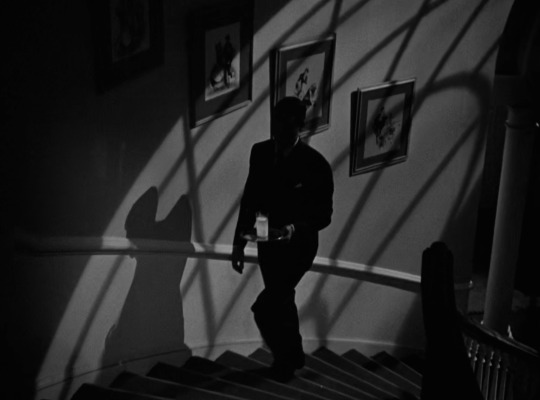#harry stradling sr.
Photo


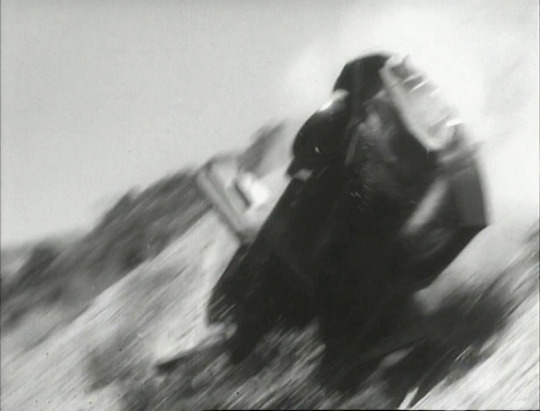


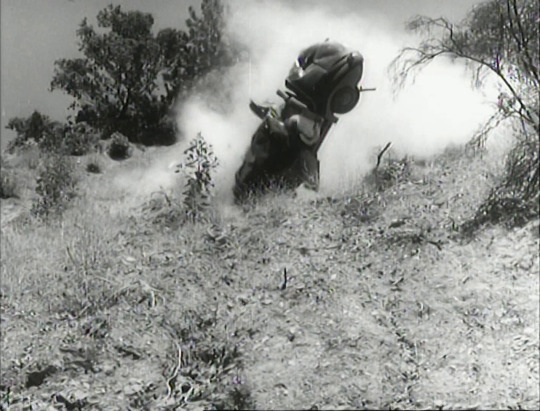


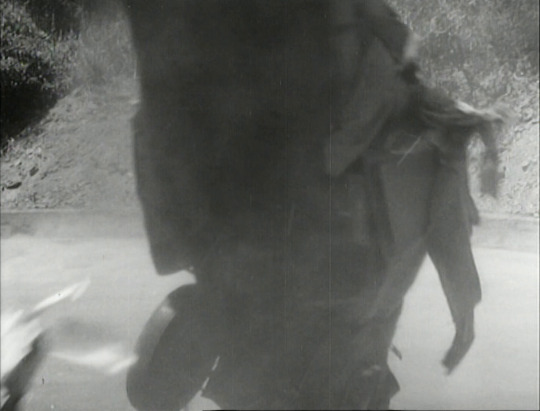
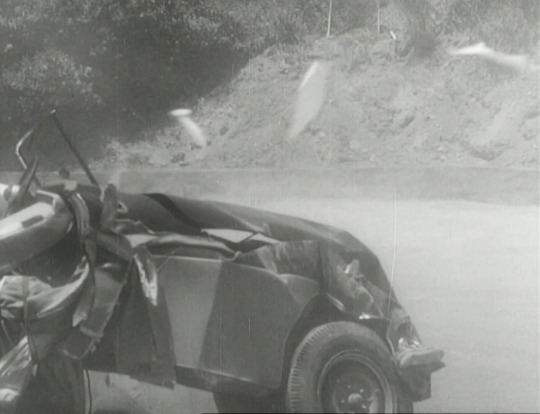
Angel Face (Otto Preminger, 1952).
#angel face#angel face (1952)#otto preminger#harry stradling sr.#frederic knudtson#carroll clark#albert s. d'agostino
26 notes
·
View notes
Photo

If you're going to kill someone, do it simply.
Suspicion, Alfred Hitchcock (1941)
#Alfred Hitchcock#Samson Raphaelson#Joan Harrison#Alma Reville#Cary Grant#Joan Fontaine#Cedric Hardwicke#Nigel Bruce#May Whitty#Isabel Jeans#Heather Angel#Auriol Lee#Reginald Sheffield#Leo G. Carroll#Harry Stradling Sr.#Franz Waxman#William Hamilton#1941
37 notes
·
View notes
Text
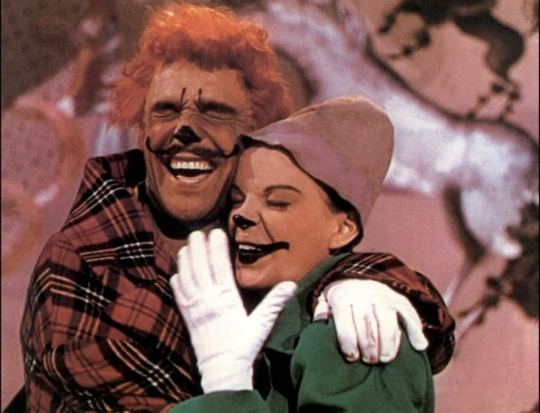
Gene Kelly and Judy Garland in The Pirate (Vincente Minnelli, 1948)
Cast: Judy Garland, Gene Kelly, Walter Slezak, Gladys Cooper, Reginald Owen, George Zucco, Fayard Nicholas, Harold Nicholas, Lester Allen, Lola Albright, Ellen Ross. Screenplay: Albert Hackett, Frances Goodrich, based on a play by S.N. Behrman. Cinematography: Harry Stradling Sr. Art direction: Cedric Gibbons, Jack Martin Smith. Film editing: Blanche Sewell. Music: Lennie Hayton, Conrad Salinger, Cole Porter (songs).
Props to Walter Slezak, who is the only person in the cast of The Pirate who knows how to pronounce the name of the heroine. Everyone else refers to Manuela (Judy Garland) as "Man-you-ella." Manuela is a young woman in the Caribbean village of Calvados who is engaged to the town's portly, middle-aged mayor, Don Pedro Vargas (Slezak). Her head is full of tales of the dashing pirate Macocco, aka "Mack the Black," and she fantasizes about him taking her away from the village for a life of adventure. Don Pedro, however, likes the village perfectly well and never wants to leave. Visiting the city of Port Sebastian to have her wedding gown fitted, Manuela encounters a traveling player named Serafin (Gene Kelly), who falls for her, and during his act he hypnotizes her, hoping she'll fall in love with him. Instead, she reveals her passion for Mack the Black. Serafin follows her with his troupe to Calvados, where he recognizes Manuela's fiancé as the real Macocco, retired from piracy and hiding his secret past. From there, the plot thickens into a series of complications as Serafin decides to win Manuela away from Don Pedro by pretending that he's the real Macocco. It's not a bad premise to hang a series of songs and production numbers on, and there's some spectacularly athletic dancing by Kelly and Garland is in fine voice. The songs by Cole Porter are not his best work, however. The lyrics are sometimes silly: "Niña," for example, rhymes the name Niña with "neurasthenia" and "schizophrenia." Only "Be a Clown," which Kelly dances to first with the Nicholas Brothers and then with Garland, has had any life outside the film, and that mostly because producer and songwriter Arthur Freed notoriously copied it for Donald O'Connor's "Make 'Em Laugh" number in Singin' in the Rain (Kelly and Stanley Donen, 1952). Garland's increasing emotional problems, which worsened after she experienced postpartum depression following the birth of Liza Minnelli in 1946, also affected the production. The film feels a little disjointed and the ending feels perfunctory, a reflection of some script problems and cost overruns. It wasn't a box office success. Still, it has moments that are as good as any of the more successful Freed Unit productions.
10 notes
·
View notes
Text

Alfred Hitchcock directing Nigel Bruce and Joan Fontaine on the set of Suspicion (1941) with Harry Stradling Sr behind the camera. Harry was born in Newark and had 144 cinematography credits from 1920 to The Owl and the Pussycat (1970) that included two Oscars, for The Picture of Dorian Gray and My Fair Lady. He had 14 Oscar nominations from 1944 to 1970. This is his first honorable mention.
His entries among my best 1,001 movies are Pygmalion, Intermezzo, The Devil and Miss Jones, A Streetcar Named Desire, A Face in the Crowd, and The Pajama Game.
His other notable credits include Knight Without Armor, The Divorce of Lady X, The Citadel, Jamaica Inn (his first with Hitch), Mr and Mrs Smith (second with Hitch), The Pirate, Easter Parade, Johnny Guitar, Guys and Dolls, Auntie Mame, Gypsy, Funny Girl, Hello Dolly, 26 episodes of The Debbie Reynolds Show, and On a Clear Day You Can See Forever.
1 note
·
View note
Text


* OUTSTANDING CLASSIC CINEMA #94: "MR. AND MRS. SMITH" ©1941 Alfred Hitchcock / Norman Krasna (Romance / Comedy Genre - Starring: Carole Lombard, Robert Montgomery, and Gene Raymond), Produced by Harry Stradling Sr. / RKO Radio Pictures https://www.kellygrant.ca/OutstandingClassicCinema.ubr
1 note
·
View note
Photo

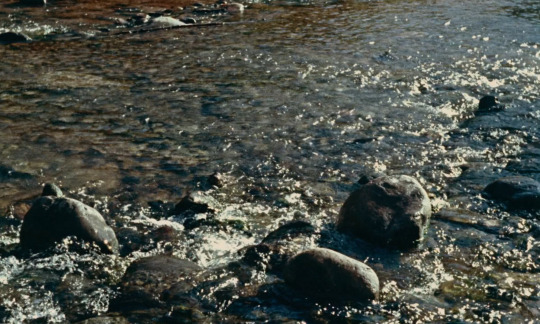
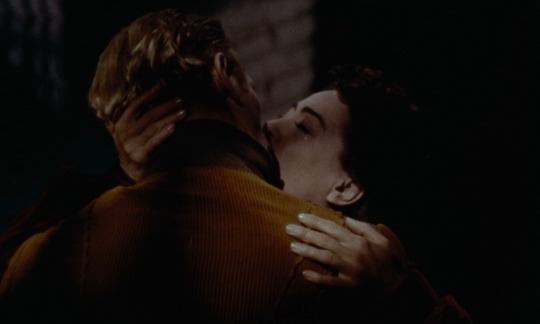


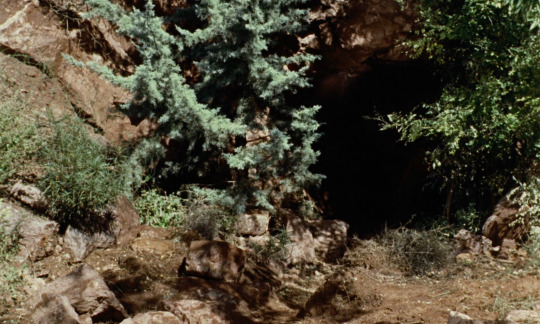
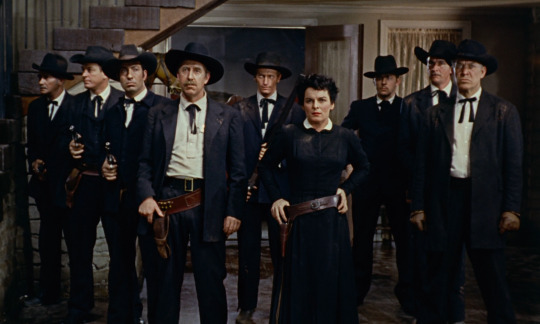
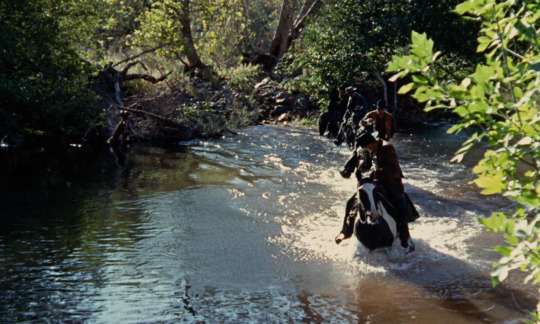

johnny guitar (nicholas ray, 1954)
132 notes
·
View notes
Text
A Summer Place (1959)
A Summer Place (1959)
DELMER DAVES
Bil’s rating (out of 5): BBB.5
USA, 1959. Warner Bros.. Screenplay by Delmer Daves, based on the novel by Sloan Wilson. Cinematography by Harry Stradling Sr.. Produced by Delmer Daves. Music by Max Steiner. Production Design by Leo K. Kuter. Costume Design by Howard Shoup. Film Editing by Owen Marks.
Delmer Daves follows a series of westerns examining corrosive American capitalism…

View On WordPress
#Arthur Kennedy#Beulah Bondi#Constance Ford#Delmer Daves#Dorothy McGuire#Golden Globe 1959#Harry Stradling Sr.#Howard Shoup#Jack Richardson#Leo K. Kuter#Martin Eric#Max Steiner#Owen Marks#Richard Egan#Sandra Dee#Sloan Wilson#Troy Donahue#Warner Bros.
2 notes
·
View notes
Photo


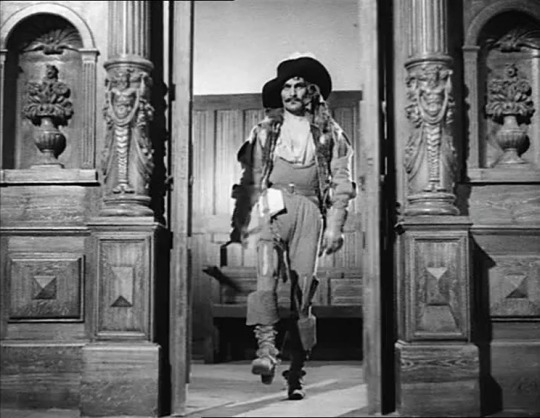
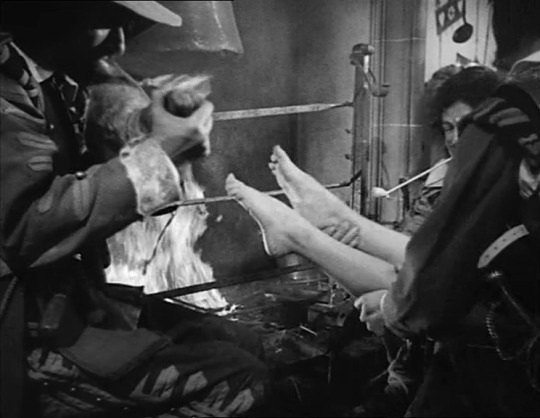
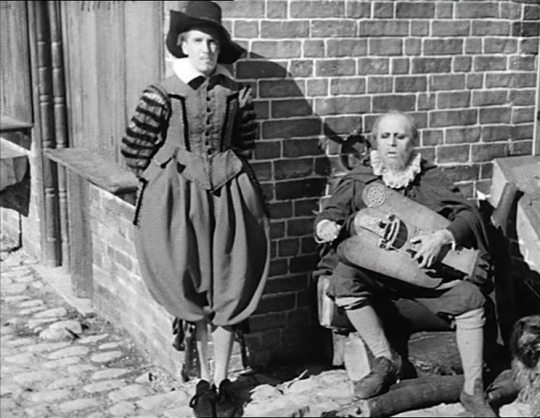

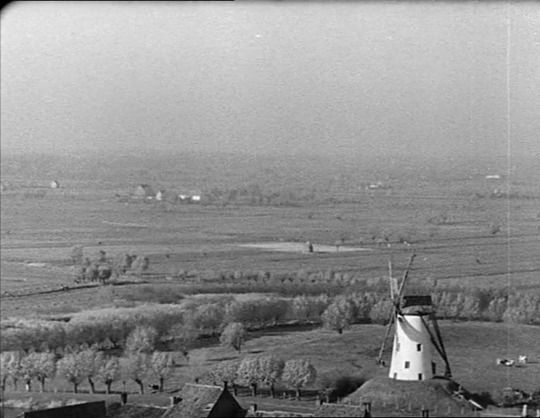
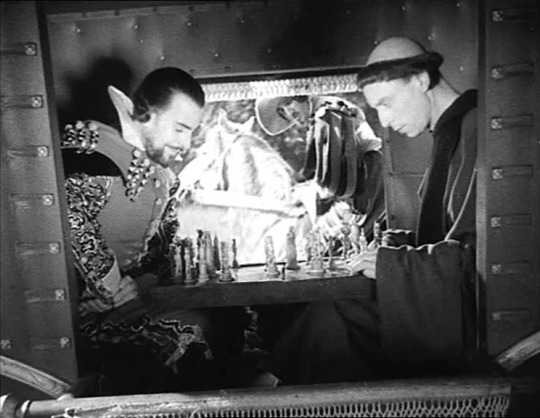
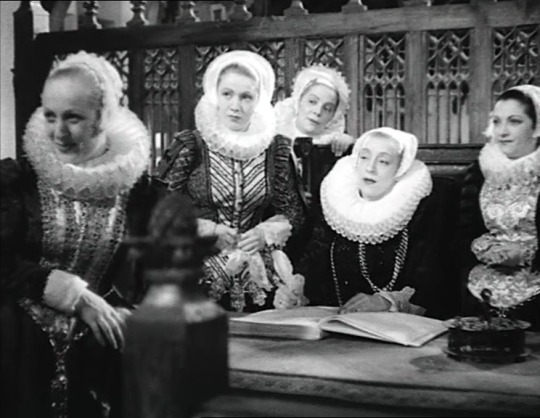
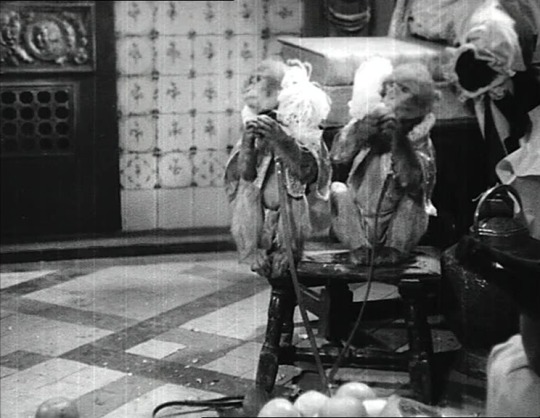
la kermesse héroïque (fr/ger, feyder 35)
#La kermesse héroïque#carnival in flanders#jacques feyder#Françoise Rosay#Bernard Lancret#jouvet#Harry Stradling Sr.
6 notes
·
View notes
Photo
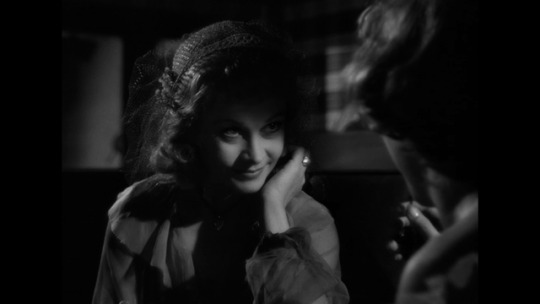






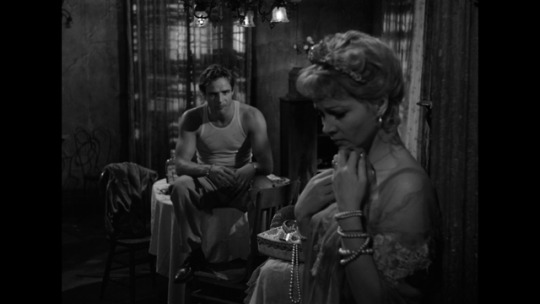
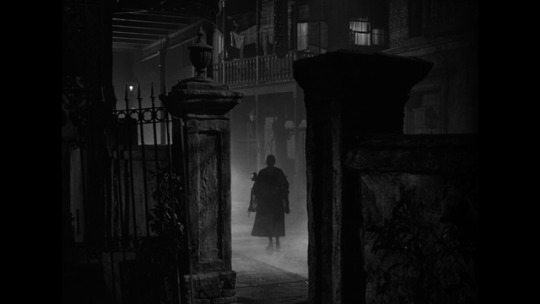
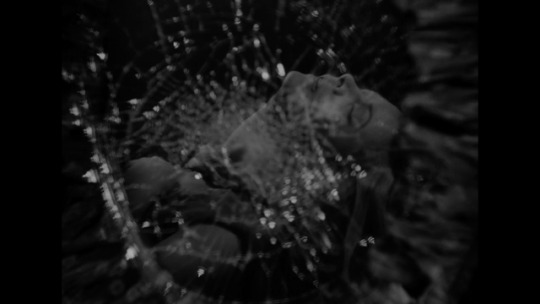
A Streetcar Named Desire (1951)
Country: United States
Directed by: Elia Kazan
Written by: Tennessee Williams
Adaptation by: Oscar Saul
Based on the play by: Williams
Cinematography by: Harry Stradling Sr.
Edited by: David Weisbart
Produced by: Charles K. Feldman
Music by: Alex North
Art Direction by: Richard Day & Bertram Tuttle
#A Streetcar Named Desire#Movie#United States#Elia Kazan#Tennessee Williams#Oscar Saul#Harry Stradling Sr.#David Weisbart#Charles K. Feldman#Alex North#Richard Day#Bertram Tuttle#Warner Bros.#Twentieth Century Fox#United Artists#TCM#1950s#Drama
2 notes
·
View notes
Photo


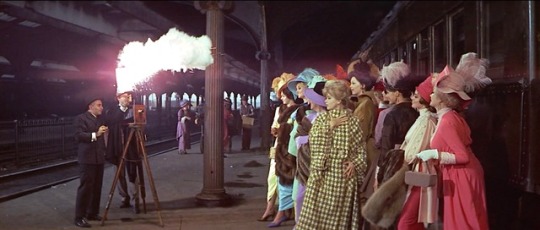
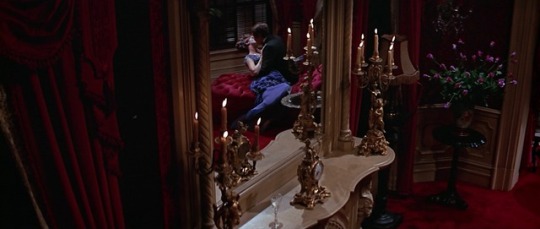



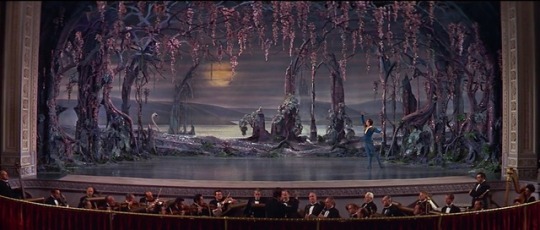

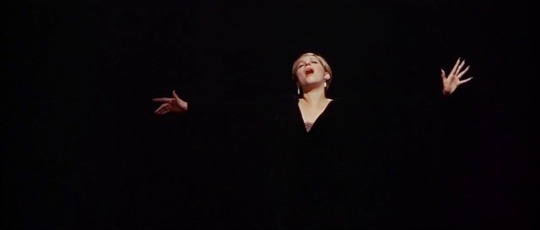
“I'd be happy to wait while you change. / I'd have to change too much, nobody could wait that long.”
Funny Girl (1968, William Wyler)
cinematography by Harry Stradling Sr.
#funny girl#william wyler#cinematography#barbra streisand#omar sharif#harry stradling sr.#stills#500
983 notes
·
View notes
Photo
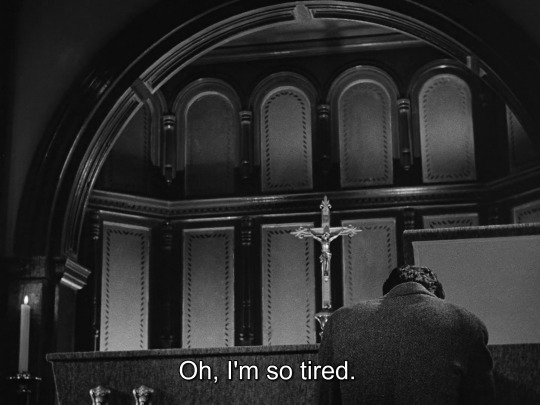
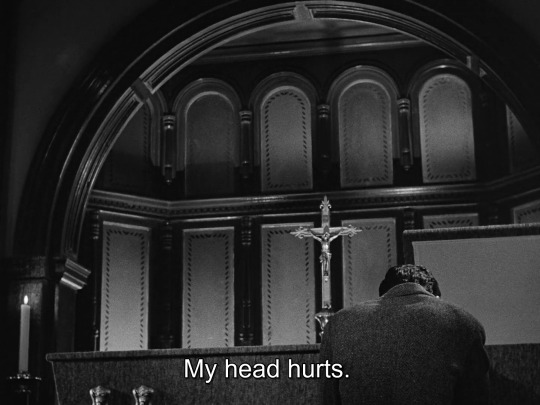

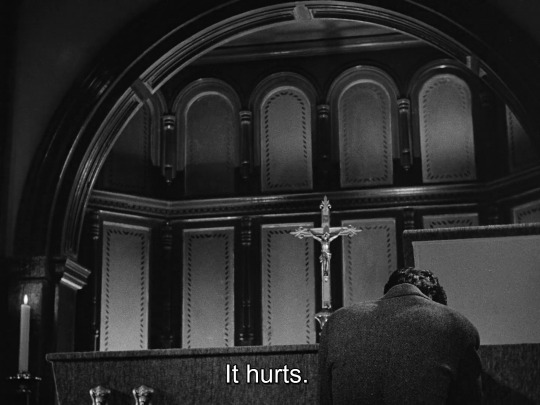

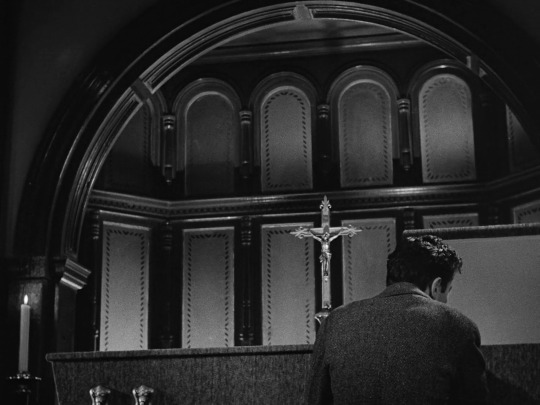
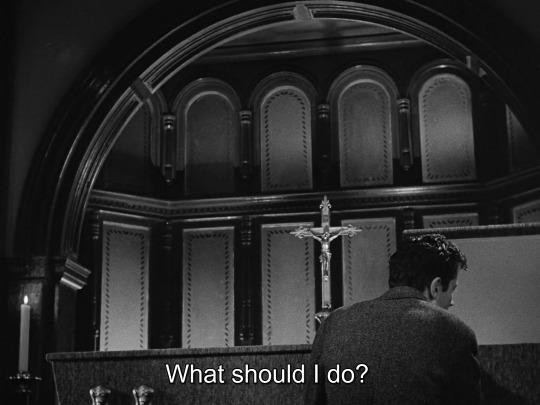


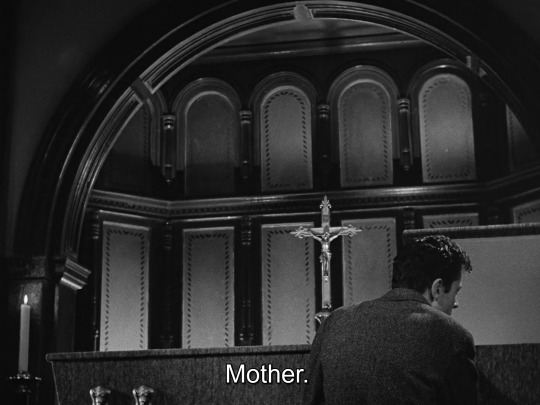
Edge of Doom (Mark Robson, 1950).
#edge of doom (1950)#stronger than fear (1950)#mark robson#farley granger#harry stradling sr.#daniel mandell#richard day#julia heron#mary wills#charles brackett#leo brady#ben hecht#philip yordan
170 notes
·
View notes
Photo
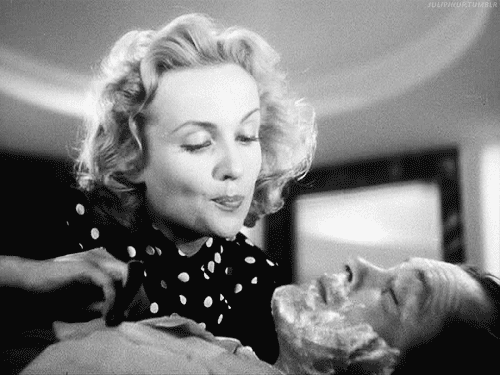
- If you had it all to do over again, would you still have married me?
- Honestly, no.
Mr. & Mrs. Smith, Alfred Hitchcock (1941)
#Alfred Hitchcock#Norman Krasna#Carole Lombard#Robert Montgomery#Gene Raymond#Jack Carson#Philip Merivale#Lucile Watson#William Tracy#Charles Halton#Esther Dale#Harry Stradling Sr.#Edward Ward#William Hamilton#1941
7 notes
·
View notes
Text

Ray Milland and Carole Lombard in Mr. & Mrs. Smith (Alfred Hitchcock, 1941)
Cast: Carole Lombard, Robert Montgomery, Gene Raymond, Jack Carson, Philip Merivale, Lucile Watson, William Tracy, Charles Halton, Esther Dale. Screenplay: Norman Krasna. Cinematography: Harry Stradling Sr.. Art direction: Van Nest Polglase, Albert S. D'Agostino. Film editing: William Hamilton. Music: Edward Ward.
If Alfred Hitchcock's name were not attached to Mr. & Mrs. Smith, would we remember it at all today? Perhaps as one of the last films of Carole Lombard -- it was the last released before her death in January 1942, though the posthumously released To Be or Not to Be (Ernst Lubitsch, 1942) was the last one she completed filming. Or perhaps as one of the lesser examples of the romantic/screwball comedy genre that flourished in the 1930s and '40s. But even hardcore Hitchcockians find it difficult to fit it into the director's canon. Hitchcock had said he wanted to work with Lombard, and when Lombard liked Norman Krasna's story and screenplay, the teaming was put into play. Lombard and Robert Montgomery play Ann and David Smith, who discover that their three-year-old marriage is invalid, owing to a legal technicality. Complications ensue, especially when David doesn't rush into remarriage as quickly as Ann likes. She kicks him out of the apartment, and then his law partner, Jeff Custer (Gene Raymond), makes a play for her affections. Lombard is very much at home in this kind of comedy, and Montgomery is good at it too. The weak link is Raymond, who has the kind of role, the "other man" patsy, at which actors like Ralph Bellamy in The Awful Truth (Leo McCarey, 1937) and His Girl Friday (Howard Hawks, 1940) and John Howard in The Philadelphia Story (George Cukor, 1940) excelled. Raymond plays his part with a pinched, rather prissy manner that hardly sits well with the fact that he's supposed to have been the best fullback at the University of Alabama. In fact, the character seems to have been coded as latently gay: Witness Lombard's reaction when Ann learns that he decorated his own very tasteful apartment. Much of the film skirts around matters forbidden by the Production Code, including whether the now-unmarried Smiths should sleep together, which a director like Lubitsch or Hawks would have treated with more wit and finesse than Hitchcock does. This was only his third film made in Hollywood, and it was his first with a completely American setting; the first two, Rebecca (1940) and Foreign Correspondent (1940), were set in Europe and England. His unfamiliarity with American idiom shows up particularly in his treatment of the Alabama football jock Jeff and his parents (Philip Merivale and Lucile Watson), proper Southerners who are shocked at the suggestion that Ann has been sleeping with David. But whenever Hitchcock is working with Lombard and Montgomery, especially using Lombard's great gift for uninhibited physical comedy, the movie comes to fitful life.
2 notes
·
View notes
Text
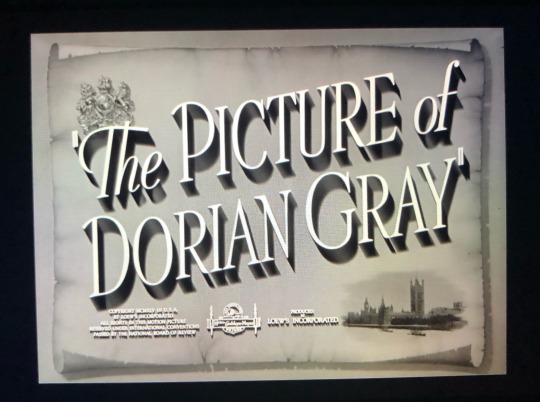
The Picture of Dorian Gray. I already knew the story by Oscar Wilde so was quite curious about this film. It did not disappoint. Good cast and love how it was shot. It received the Oscar for Best Cinematography-B&W for Harry Stradling Sr.
#the academy awards#the oscars#oscars#theoscarchallenge#Oscar wilde#the picture of dorian gray#dorian gray#George Sanders#hurd hatfield#donna reed#angela lansbury#1945
2 notes
·
View notes
Text
An Interview with Daniel Raim, director of IMAGE MAKERS by Raquel Stecher
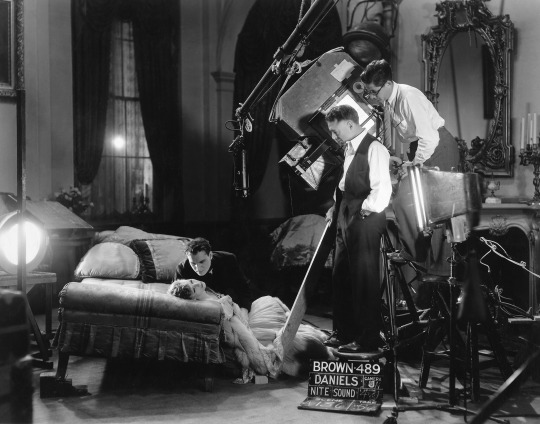
IMAGE MAKERS: THE ADVENTURES OF AMERICA’S PIONEER CINEMATOGRAPHERS (2019) is a new original TCM documentary that celebrates the early visionaries who shaped and molded an art form into what it is today. The film focuses on seven early cinematographers who developed their craft through invention, practice and collaboration. These include Billy Bitzer (Intolerance [1916’], Way Down East [1920]), Charles Rosher (Sunrise [1927], The Yearling [1946]), Rollie Totheroh (City Lights [1931], The Gold Rush [1925]), William H. Daniels (Flesh and the Devil [1926], Anna Christie [1930]), Karl Struss (Sunrise [1927], Dr. Jekyll and Mr. Hyde [31]), Gregg Toland (Citizen Kane [41], The Grapes of Wrath [40]) and James Wong Howe (The Thin Man [34], Hud [1963]). I had the pleasure of chatting with director Daniel Raim, who has directed the critically acclaimed Harold and Lillian: A Hollywood Love Story (2015) and Something’s Gonna Live (2010), about his new documentary.
Raquel Stecher: Congratulations on IMAGE MAKERS. Can you tell me a little bit about how this project started?
Daniel Raim: I had met up with James Harmon Brown, who's the grandson of Harry Stradling, Sr., ASC (Pygmalion [1938], My Fair Lady [1964]) and James Harmon Brown's close friend Curtis Clark, ASC. They had explained to me that 2019 will be the 100th anniversary of the ASC (The American Society of Cinematographers), and they'd love to produce a documentary honoring the generation of cinematographers, the early cinematographers like Jim's grandfather. I was immediately engaged by this subject matter and knowing that there was a documentary made in '92 called Visions of Light, I wanted to do something very different from that and start from the very beginning and kind of make a documentary that, like most of my other films, sort of puts the audience in the shoes of these pioneer master craftsmen and craftswomen.
I said, "Let's find out what archival materials we have access to." Because I want to bring them to life in their own words. That's the most important thing for me.
It was a process of discovery, but the criteria was it's vital that we have access to their own words.

Stecher: How did you select the seven cinematographers to be profiled in the movie?
Raim: Out of the seven that we picked, we had access to archival materials. Billy Bitzer wrote an autobiography. Gregg Toland was never interviewed on tape because he died at the age of 44—he was quite young—from heart disease, but he left behind a substantial amount of archival print interviews. In the early stages, I learned that his daughter, Lothian Toland, is still alive and well. And I said, "Lothian, I'd love to interview you about your dad… we'll come out to Palm Springs and interview you." She said, "No, no. I'll drive out to the ASC clubhouse because I want to be next to my dad's camera.” … I really want the audience to feel Gregg Toland through the presence of his camera sitting next to his daughter.
David Totheroh, the grandson of Rollie Totheroh, also came to the ASC clubhouse. This was in the very beginning of the documentary making. I had no idea that this guy's a walking encyclopedia of his grandfather… Rollie Totheroh was one of those fascinating stories about a third baseman baseball player, who out of nowhere is thrust into the middle of some of the most important moments in cinema history… and would become Charlie Chaplin's closest collaborator.
The ASC had this incredible archive of audio recordings done by Kemp Niver, ASC. Dating back to the '70s. Our archival producer, Martha Winterhalter, was the publisher of American Cinematographer magazine for 30 years. During that time, she had digitized these recordings.

Stecher: What do you think are some misconceptions about the cinematographer's contribution to the filmmaking process and the director's contribution?
Raim: To a large degree, there's very little study on the contribution of the early pioneer cinematographers until recently. We need to understand the directors and who they are, the artistic vision of the director. What we learn in IMAGE MAKERS is the pioneering cinematographers invented the language that became film grammar. That was an essential question I had when I first started working on this, where does the grammar of cinema come from? I certainly agree that a general audience is aware there's a continuity. IMAGE MAKERS offers sort of a look at the puzzle…
You learn that Billy Bitzer taught D.W. Griffith about the components of storytelling. There's action and comedy, and here are the genres. Here's how we show it visually. Bitzer kind of invented the medium with Griffith. We don't know anything about Bitzer or what he did. Then Griffith came into his own and was clearly a master visual artist in his own right.
Charles Rosher, who [was] Mary Pickford's cameraman, is invited to UFA to show how he lights Pickford. Two years later, he comes back to Hollywood with Murnau and they do Sunrise (1927) together. Sunrise is one of those films I saw at film school that just blew my mind.
Then [there’s] James Wong Howe… a Chinese-American cameraman. Now suddenly you realize that this guy has an amazing sense of humor and artistry and an enormous respect from directors like Martin Ritt and impacts the ending of what John Bailey in our film calls the most important climax to any film… Hud (1963).
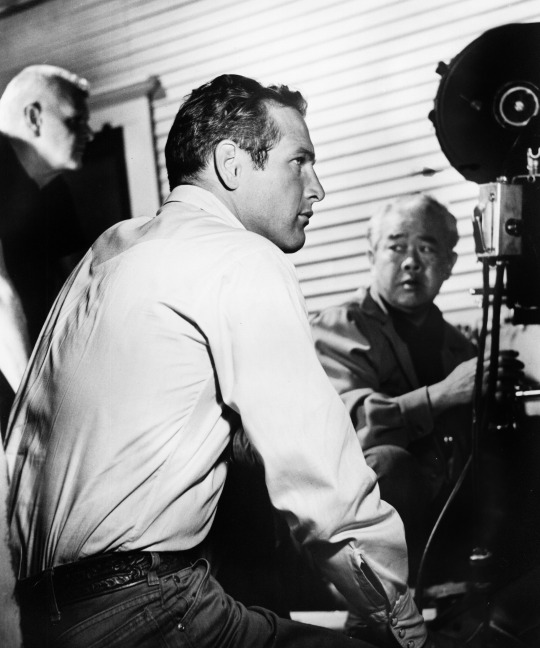
Stecher: IMAGE MAKERS includes illustrations by Patrick Mate, which help visualize some of the behind-the-scenes actions. Can you tell me about how you worked with Mate and why it was important to incorporate these illustrations in your film?
Raim: I'm having lunch with Patrick Mate and [writer] Michael Sragow. Mike tells us the story of Karl Brown remembering Fireworks Wilson... he was the head of pyrotechnics on Intolerance (1916). He had a stump for an arm and helped Billy Bitzer light the gigantic Babylon set with magnesium flare torches. There [are] no photographs of Fireworks Wilson. I thought there's nobody better on planet Earth to draw and depict Fireworks Wilson than Patrick Mate, to bring to life this kind of extraordinary character who basically helped Billy Bitzer light the Intolerance night scene with those magnesium flare torches.
Patrick has this uncanny ability to inject drama and humor and personality into a historical depiction of an event and bring it to life on multiple levels. And certainly, that began in our collaboration with Harold and Lillian. In this case, we decided to go for a period look that is born out of the cartoon magazine illustrations of the time and looking at the cartoon of the Pathe Brothers from 1910... I thought it was important to use art. The criteria is I would only use an original artwork by Patrick if there were no historical photographs.
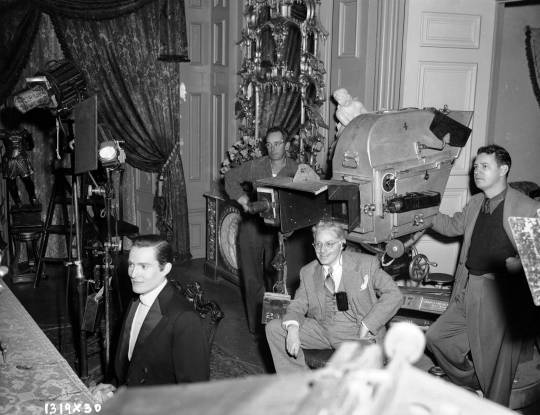
Stecher: Can you tell me about working with Kevin Brownlow and Leonard Maltin, two celebrated film historians featured in the documentary, as well as actor Michael McKean who narrated?
Raim: Working with Michael McKean with the narration [was] really great... first of all he's a TCM fan... He is one of the great American actors who brought into his narration knowledge and love of film history. He's so dynamic at drama and comedy. And he did all the voices as well as the narration of the different interviews. He did the voice of Billy Bitzer and William Daniels. And then there's Kevin Brownlow... [with] his wealth of knowledge about silent film. I didn't want to interview Kevin Brownlow just as a talking head.
I wanted to interview Kevin Brownlow as someone who can share with us their passion and their insight. I'm interested in Kevin Brownlow as a character, not as an interview subject. I hope the film gives Kevin Brownlow the breathing space to really... connect with him as a character, and so I really try to make him comfortable to really be who he is and not edit around him but let him breathe, let the film really see him and spend time with him and not make it into sound bites. But, boy, can he talk about William Daniels.

Then of course, Leonard Maltin's interesting because when he was 24 he came out to Hollywood for the first time to write a book that was published called The Art of the Cinematographer. I loved how just eloquent Leonard was bringing to life the contributions of Billy Bitzer, specifically, and Charles Rosher and spoke eloquently to the transition from silent to sound. He brought his own personality into it. I love the moment where he says, "And then comes sound, and all of that beauty and all of the luster of those late silent films vanishes as if a meat cleaver has been whacked down mercilessly on an art form." For me, that's just so much the essence of what I also want to communicate in IMAGE MAKERS: the passion that people like Kevin Brownlow and Leonard Maltin have for silent filmmaking.
Stecher: What do you hope viewers take away from Image Makers?
Raim: I hope is that when audiences continue to watch classic Hollywood movies on TCM, in this case, that they'll be looking at the scenes with new eyes and going, "who is the cinematographer and what is the continuity of style? And how did he light this scene?" Then getting a sense of the kind of incredible contribution of the motion picture cinematographer, as well as sort of an appreciation of the art and the technology that enabled them to do what they did.
#Image Makers#Cinematography#cinematographer#film#filming#Gregg Toland#James Wong Howe#Citizen Kane#Body and Soul#Hud#Paul Newman#Picture of Dorian Gray#TCM#Turner Classic Movies#Raquel Stecher
43 notes
·
View notes

